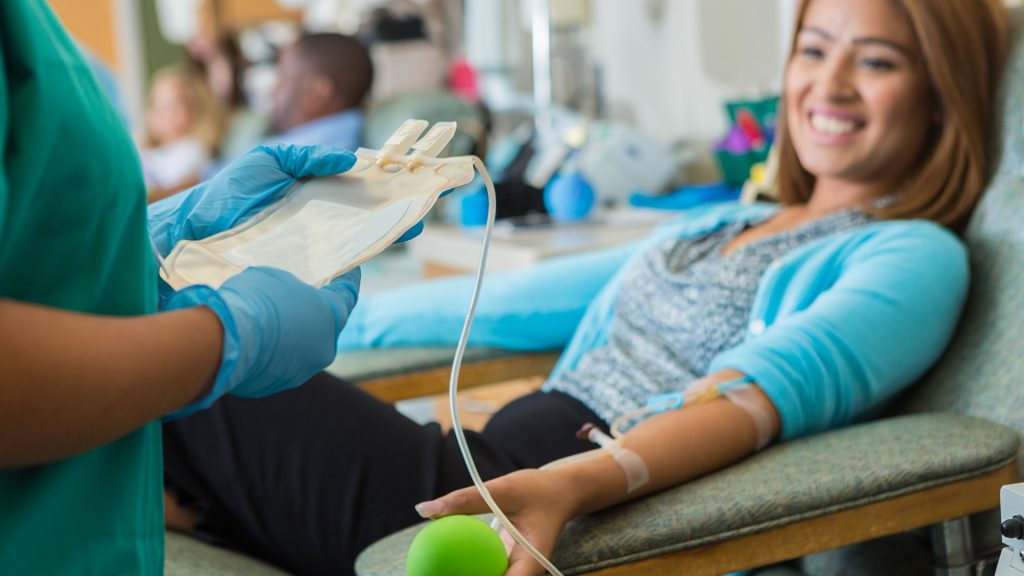Ketamine is a revolutionary drug about which scientists have
been conducting research recently. And so far, the indications are turning to
be extremely promising.
What are the uses of
this highly promising (yet dangerous, if not used as prescribed) drug, Ketamine?
Ketamine is a medication used to induce loss of consciousness or
anesthesia. It can rapidly produce relaxation and get rid of severe pain in
humans and animals.
Since the 1970s, it has been used to treat veterans' wounds on
the frontline due to its anesthetic capabilities. It is a class III scheduled
drug that is approved for use in medical settings as anesthesia.
However, it is also a commonly abused club drug because of its
hallucinogenic and dissociative effects.
This drug can be one of the most substantial revolutions in
treating people with severe depression in years. Researchers are looking into
other possible medical uses of Ketamine, especially in treating severe
depression, suicide prevention, and substance abuse.
Find more about "How does Ketamine work for
depression?"
Therapeutic Uses
Ketamine is most often used as veterinary medicine. It can
induce and maintain general anesthesia before, during, and after surgical
procedures.
Ketamine is either given through an intravenous (IV) line or
injected into a muscle for medical purposes. It is considered safe as an
anesthetic because it does not lower blood pressure or heartbeats.
It is a highly suitable option in disaster zones and less
developed countries. It does not need an electrical supply, oxygen, or highly
trained staff.
In medical practices, it is used in procedures like:
- Cardiac catheterization
- Orthopedic surgeries
- Skin grafts
- Minor surgical interventions, such
as dental extractions or root canal
- Diagnostic procedures on the eye,
nose, ear, and throat
It has also been used in medical settings to control seizures in
patients with Status Epilepticus (SE) epilepsy. This type of epilepsy can lead
to brain damage and death.
However, researchers recommend only using Ketamine after 5 to 6
other options are ineffective in such cases.
There are some adverse effects of using this drug if not appropriately treated. Learn more about "What is Ketamine" and what happens when you overdose.
Ketamine Infusion Therapy
In 2014, researchers found that a ketamine infusion
significantly reduces post-traumatic stress symptoms (PTSD) in many patients
who have undergone a wide range of traumas.
Other medical uses of Ketamine
- Pain: Ketamine infusions are used
to treat severe pain in emergency departments, veterinary medicine, and
war zones. The doses are lower than those used for anesthesia, usually
referred to as sub-anesthetic doses.
- Anesthesia: Ketamine is used as anesthesia for short-term procedures when muscle relaxation is not required. Ketamine affects differently on the respiratory and circulation systems than other anesthetics. Instead of depressing, it stimulates the circulatory system and causes relatively less breathing problem. Thus, it is safe to use for anesthetic purposes.
As a Drug of Abuse
Ketamine is often used as a "recreational" drug. It
produces an abrupt high that lasts for about an hour. Users report euphoria,
hallucination, and "out of body" sensations.
However, the prolonged use of Ketamine can cause dependence,
tolerance, and withdrawal symptoms. Quitting can lead to depression, insomnia,
anxiety, and flashbacks.
Note: it can cause high
blood pressure, convulsions, coma, or even death if not used per your doctor's advice.
Final Words
Ketamine is an anesthetic drug, and it is safe to use in
controlled medical practice. But it has abuse potential.
If used outside the approved limits, its adverse mental and physical health effects can be dangerous. While when properly administered by a trained medical professional, Ketamine is a safe and valuable medication.

Comments
Post a Comment